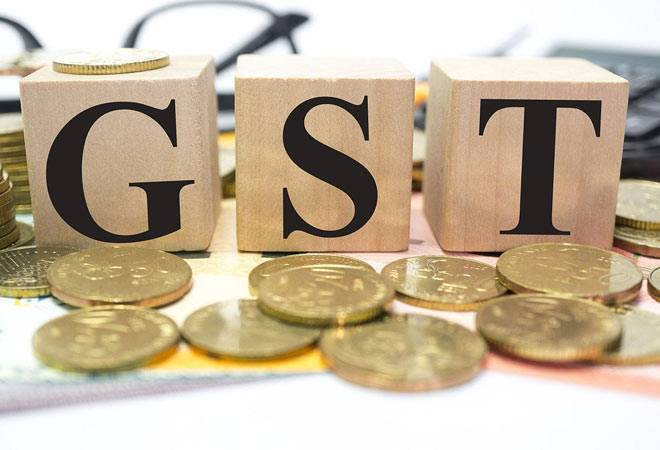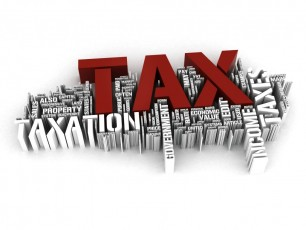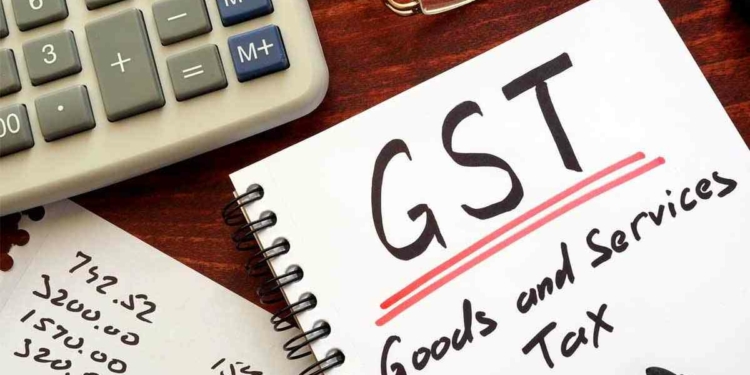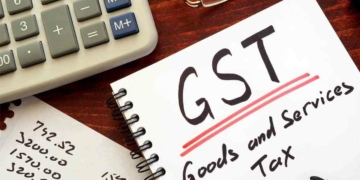GST or Goods and Services Tax is an indirect tax that is added to most goods and services available for domestic consumption. Customers pay the tax to the retailers when they buy a certain product or use a service, but the tax has to be paid to the government by the retailers. So, in simple words, the government gets revenue in the form of GST.
Why GST?
GST is comprehensive as it has incorporated almost all of the indirect taxes and bracketed them into one, though there are a few indirect taxes which has to be paid for separately. It is also a multi-stage process as every step that is part of the production process has GST added to it.
Most importantly, GST is destination-based. This implies that the taxes are not collected at the point where the goods or services originate. It is collected from the point of consumption and it is the consumer who pays the tax.
While some countries like Canada and Brazil follow a dual GST structure, most other countries rely on a GST system that is unified and single. This means that the central taxes and state taxes are mostly unified. This also ensures that there is a single rate that is followed across the country.
In India, the tax slabs used to collect GST are 0%, 5%, 12%, 18% and 28%. Some products and services have special charges added to them. There are also some goods and services which do not fall under the GST taxation process. These include petroleum products, alcohol, and electricity which each state government takes care of according to their own tax regimes.
GST And Different Sectors
Since GST cancels out many other forms of tax, the impact of it is different according to the sector each product or service belongs to. Similarly, the distribution of taxes was done in a different manner before the arrival of GST.

Real Estate Sector
There are a lot of tax calculations involved in real estate and hence, the introduction of GST has had a notable impact in the sector. While discussing the GST impact on real estate, buyers, developers or contractors, and other stakeholders have to be considered.
The main difference and the important reason why GST is preferred over previous forms of taxation is that it adds just a single tax rate which is uniform across the country. Previously, buyers had to pay charges like VAT, service tax, registration charges, etc. separately which varied from state to state.
For the developers, there is a heavy reduction in construction costs because of GST as most taxes got bracketed into one. Apart from that, more income tax credit can be earned since the introduction of GST as the credit was not available for certain types of taxes in the past.
Manufacturing Sector
The uniform taxation method has allowed the manufacturing sector to reduce taxation rates. This implies that the sum of tax charges on these goods was higher than the GST rate that exists now. In addition to that, the cost of several raw materials has reduced with the help of the refund which the accumulated income tax credit offers.
Logistics Sector
According to the experts, the overall profitability of the logistics sector decreased since GST came into action but the long term effect will be more assuring as the operation efficiency of the sector is expected to increase.
The said effect in the profit margin is mainly because the sector makes use of products that falls beyond the area of GST. For example, petroleum products and electricity are extensively used in this sector.
But at the same time, the overall efficiency will get better because many state-level tax charges have been cut down. Problems like transportation delays will be a thing of the past as it has become easier to enter into different states. In addition to that, better alignment can be achieved in the value-added services that are part of the sector.
Agriculture Sector
Agriculture forms a major portion of India’s GDP. The sector has had a positive impact since the introduction of GDP. This is because other sectors like transportation and real estate and impacts of GST on them affect the existence of the agriculture sector.
Otherwise, VAT is added to all agricultural products and the value depends on the state. It should be noted that VAT is not applicable for some processed foods. These include meat, eggs, etc. as they are sold in unprocessed form as well.

GST And VAT
GST calculation is very similar to the calculation of VAT but the overriding fact is that GST offers uniform taxation. Apart from that, GST also boosts income tax credit, unlike VAT.
In the present scenario, VAT will be charged for those products and services on which GST is not added. The VAT will be maintained according to the state guidelines.
The Future GST Provides
GST’s future does not just mean a system where a lower rate of taxes has to be paid will come to life. It also means the system will include lower tax slabs. This inadvertently means that the whole economy gets reformed to a much more organized one without affecting the consumers’ or developers’ lives in negative ways.
GST in a way acts as a measure to t prevent or rather reduce inflation over time. It will be easier to do business which means that the number of exports the country handles will increase. It implies that there will be an increase in Foreign Direct Investment (FDI).
Conclusion
GST makes it easier to unify the nation in terms of tax regimes. It also boosts income tax credit in general, which benefits the consumers. This means that using GST instead of other taxes is advantageous to both the government as well as the consumer.
In addition to that, it is evident that GST makes it easier to understand the process of taxation and cancels a number of taxes that are included otherwise which makes it the most preferred form.






Discussion about this post